Happy #DoctorWhoDay everybody! The show is 58 years old today, and as this is a pulp account there really is only one way I can mark the occasion...
Let's look back at the New Adventures!

Let's look back at the New Adventures!
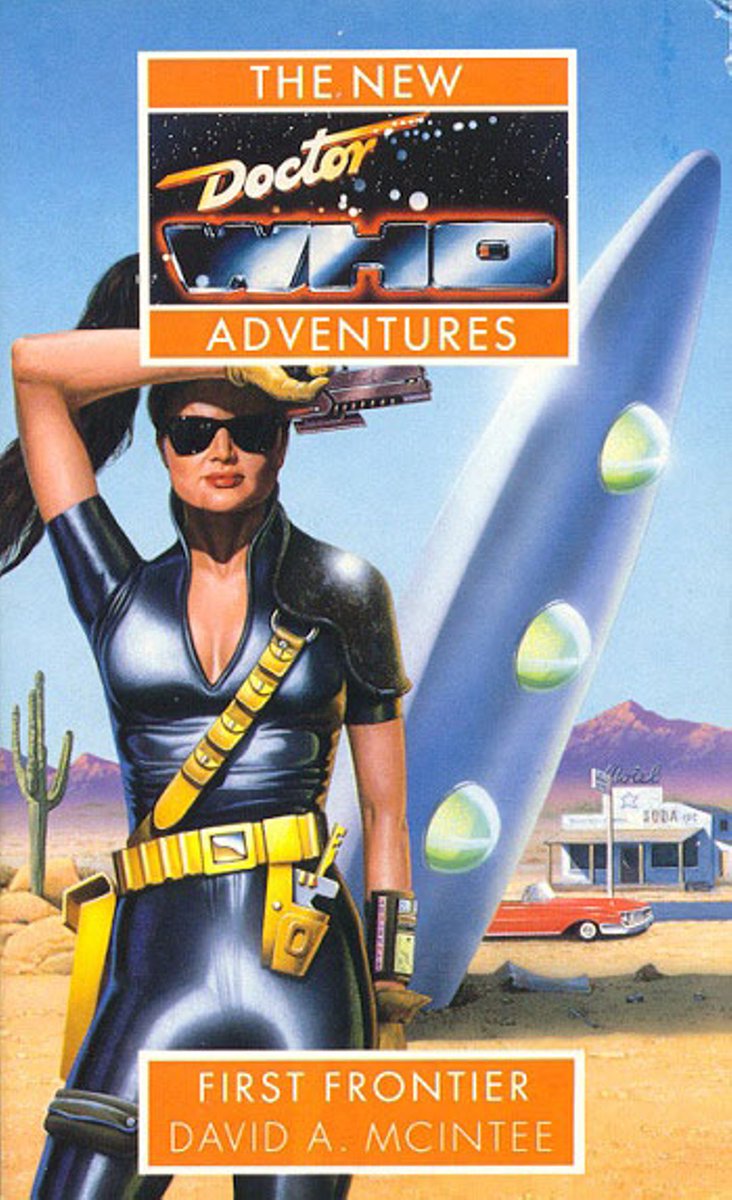

In 1989 the BBC killed off #DoctorWho. The corporation said the series was being 'rested'; the fans suspected it was as dead as Adric.
But an unlikely saviour emerged to carry Who through the wilderness years: Richard Branson.
But an unlikely saviour emerged to carry Who through the wilderness years: Richard Branson.

Both Michael Grade and Jonathan Powell, BBC Directors in the 1980s, disliked Doctor Who. They felt it was outdated, violent and cheap-looking. Ratings were awful, exacerbated by terrible scheduling. Relations with producer John Nathan-Turner had also hit rock bottom. 



Grade had already paused the series in 1985, and insisted Colin Baker leave the show in 1987. By 1989 Jonathan Powell had pulled the plug on the whole thing.
Farewell Doctor...
Farewell Doctor...

Doctor Who has one of the oldest and most passionate fandoms in television, and many had felt that the series was finally going in the right direction again, with a darker and more mysterious Doctor and a companion who had been given a more mature role. 
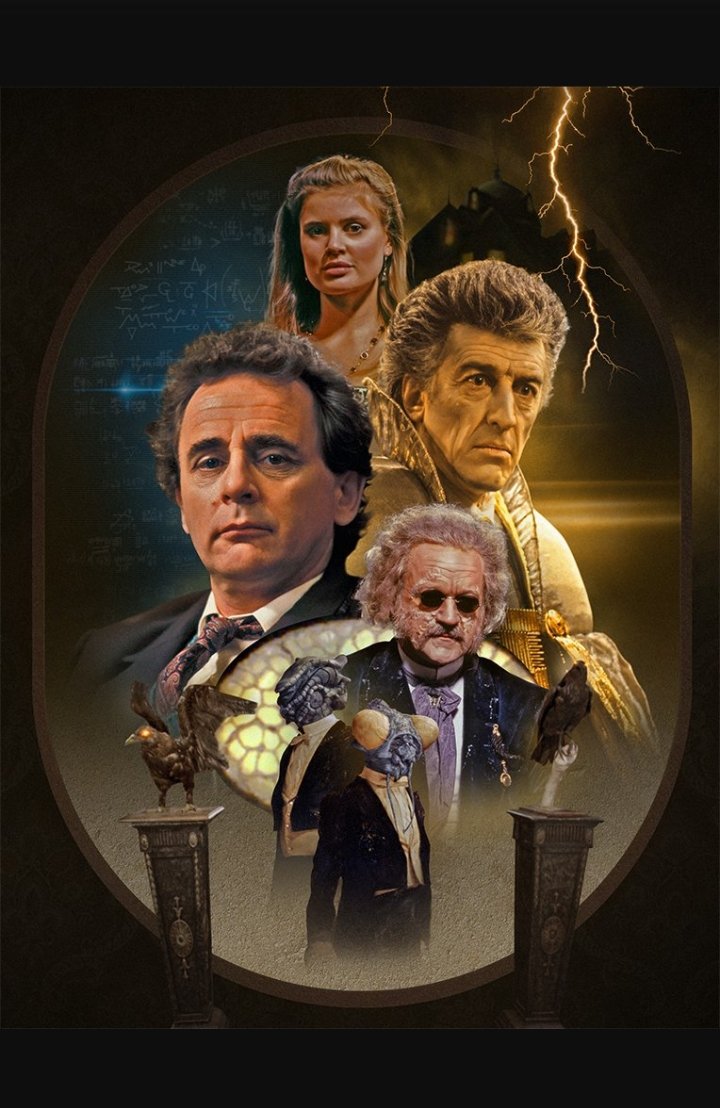
Fans had also produced a lot of fan-fic and critical analysis of Doctor Who, and many were themselves budding or actual writers - often due to their love of the series. Even with the show cancelled there was still a core audience for it out there. 

Which was lucky for Richard Branson, given Virgin Publishing had purchased Target Books in 1989. As the main publisher of Doctor Who novels it was clear thar the flow of new books was going to dry up pretty quickly with the show cancelled. 

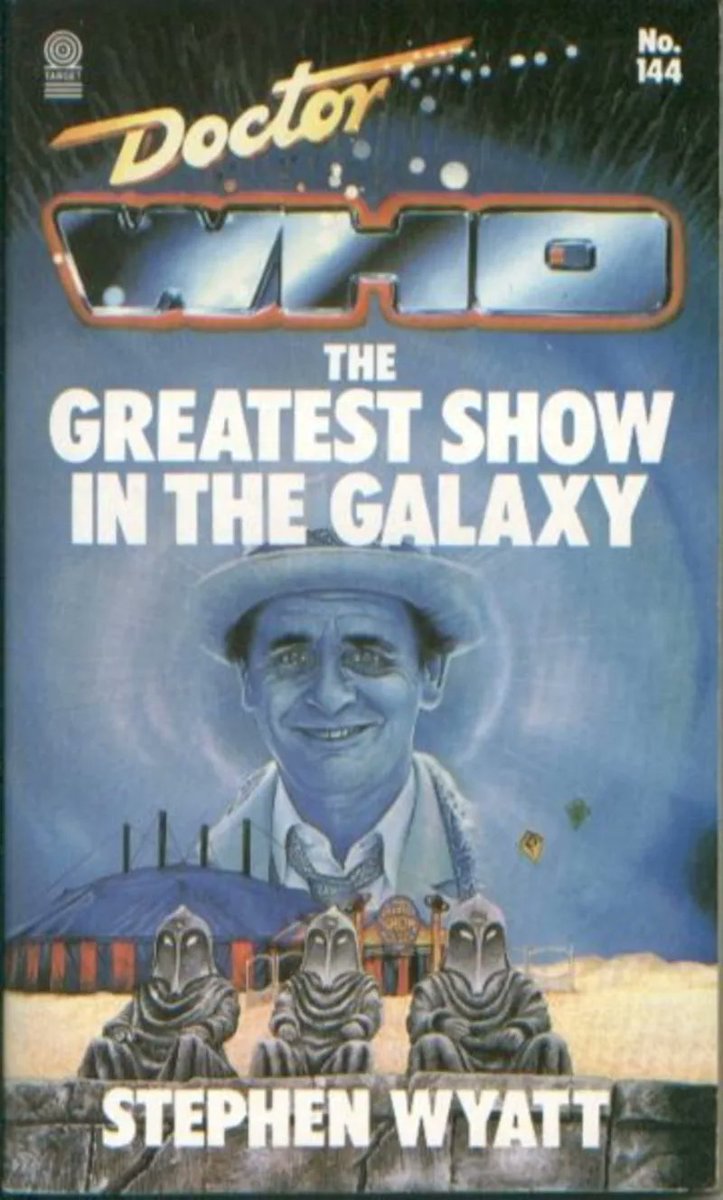
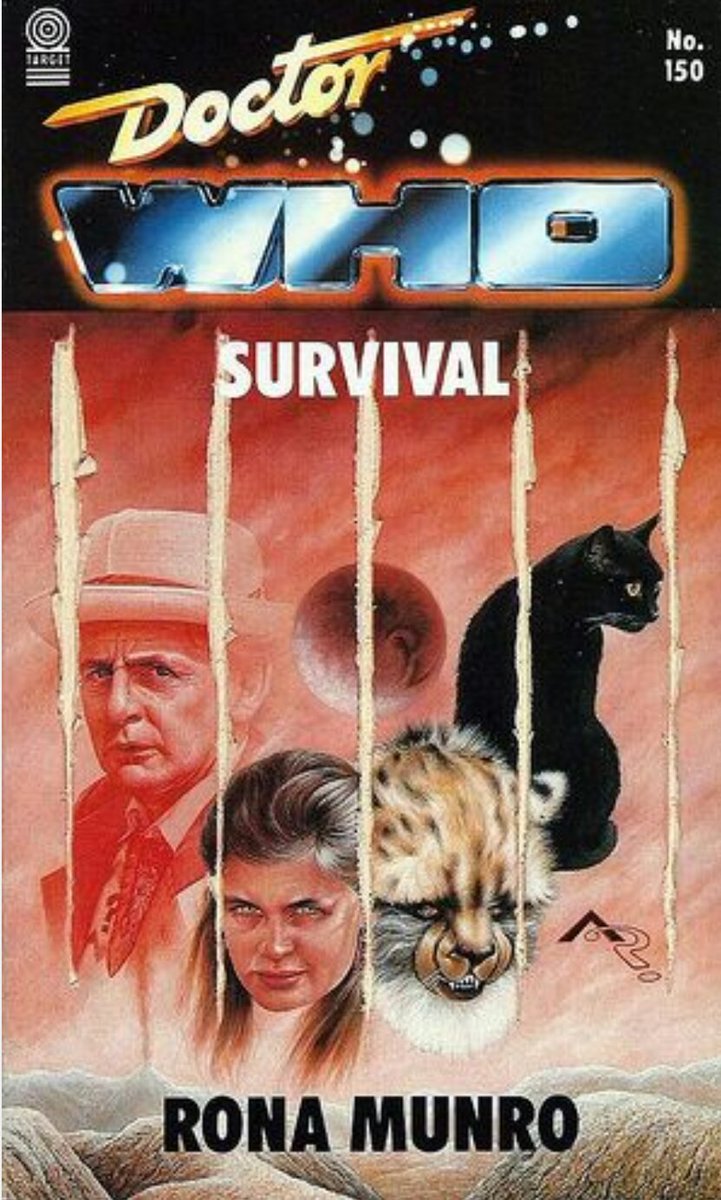
So Virgin's fiction editor Peter Darvill-Evans asked the BBC for permission to commission and publish new original Doctor Who stories. With only Marvel UK still showing any interest in the show the BBC agreed. What did it have to lose? 

Virgin believed the audience was there and had lined up a number of writers familiar with novelising Doctor Who stories. However the material would have to appeal to the hard-core of Who fandom - a tough and opinionated audience! 

Running from 1991 to 1997 the New Adventures would eventually consist of 61 novels focused (almost) exclusively on the Seventh Doctor. Target stalwarts such as John Peel and Terrance Dicks were brought in to kickstart the series. 

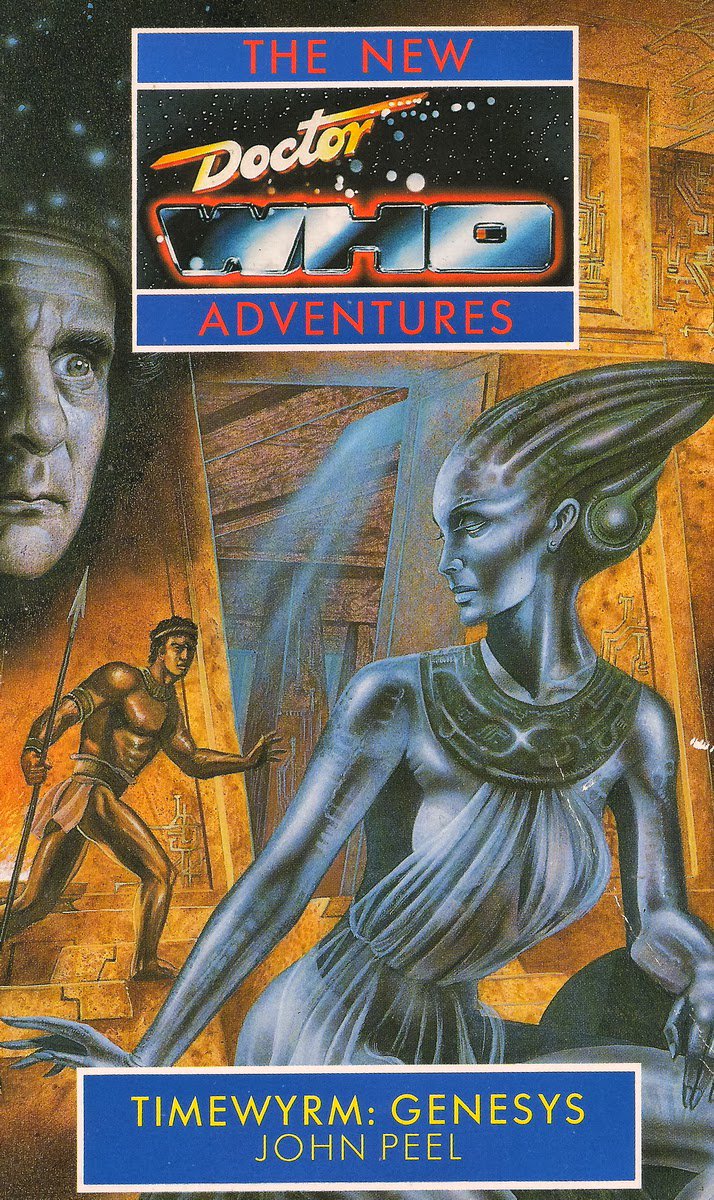
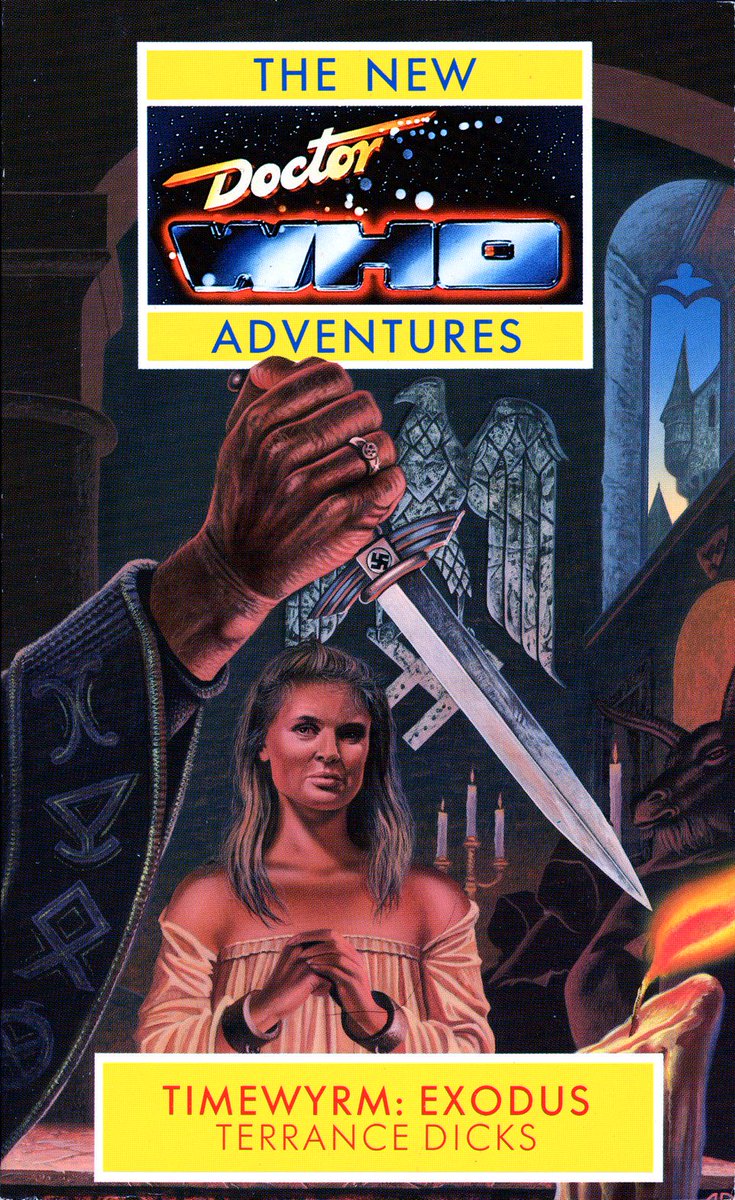
But the New Adventures also brought in passionate fans looking to launch their own writing careers. Both Paul Cornell and Mark Gatiss wrote for the series... 



With no BBC executives policing the stories the New Adventures could go where they liked. New companions such as Bernice Summerfield were created, story arcs became more complex. New aspects of the Doctor began to emerge. 



All of this was guided by the 'Cartmel Masterplan'; a backstory by Doctor Who script editor Andrew Cartmel designed to restore some mystery to the Doctor's background. The Doctor would become linked to the mysterious Other, one of the triumvirate who once ruled Gallifrey. 

Cover art for the New Adventures could be variable. The ever-excellent Peter Elson did a few, but other titles fared less well with their cover artwork. 



There were of course critics of the New Adventures: the plots could be ridiculously complicated and everyone seemed to have a gun. The reinvention of Ace as a cynical, grittier character was a sign that fandom - with all its passions and foibles - was now in charge of the story. 



There were many excellent stories in the New Adventures, not least Paul Cornell's Human Nature - later to be adapted as a Doctor Who double episode when the series returned. 

In 1994 Virgin began publishing The Missing Adventures series, adult-oriented Doctor Who stories featuring earlier Doctors. The New Adventures character Bernice Summerfield also got a spin-off series of books. 



But it couldn't last. In 1996, following the Doctor Who movie, the BBC did not renew Virgin's licence and instead decided to publish its own line of original Doctor Who novels. After 61 New Adventures and 33 Missing Adventures the Virgin series ended. 

The New Adventures did an important job keeping Doctor Who alive and fresh in the 1990s. They moved the stories towards complex, dark, harder sci-fi and showed that there was an audience for this kind of Doctor. They undoubtedly influenced the rebooted TV series. 



But for me the New Adventures were genuine pulp sci-fi. New writers were given old themes and asked to turn them quickly into amazing stories. If the quality varied, well that's pulp. But the legacy of the New Adventures should not be overlooked.
More stories another time...
More stories another time...

• • •
Missing some Tweet in this thread? You can try to
force a refresh

























